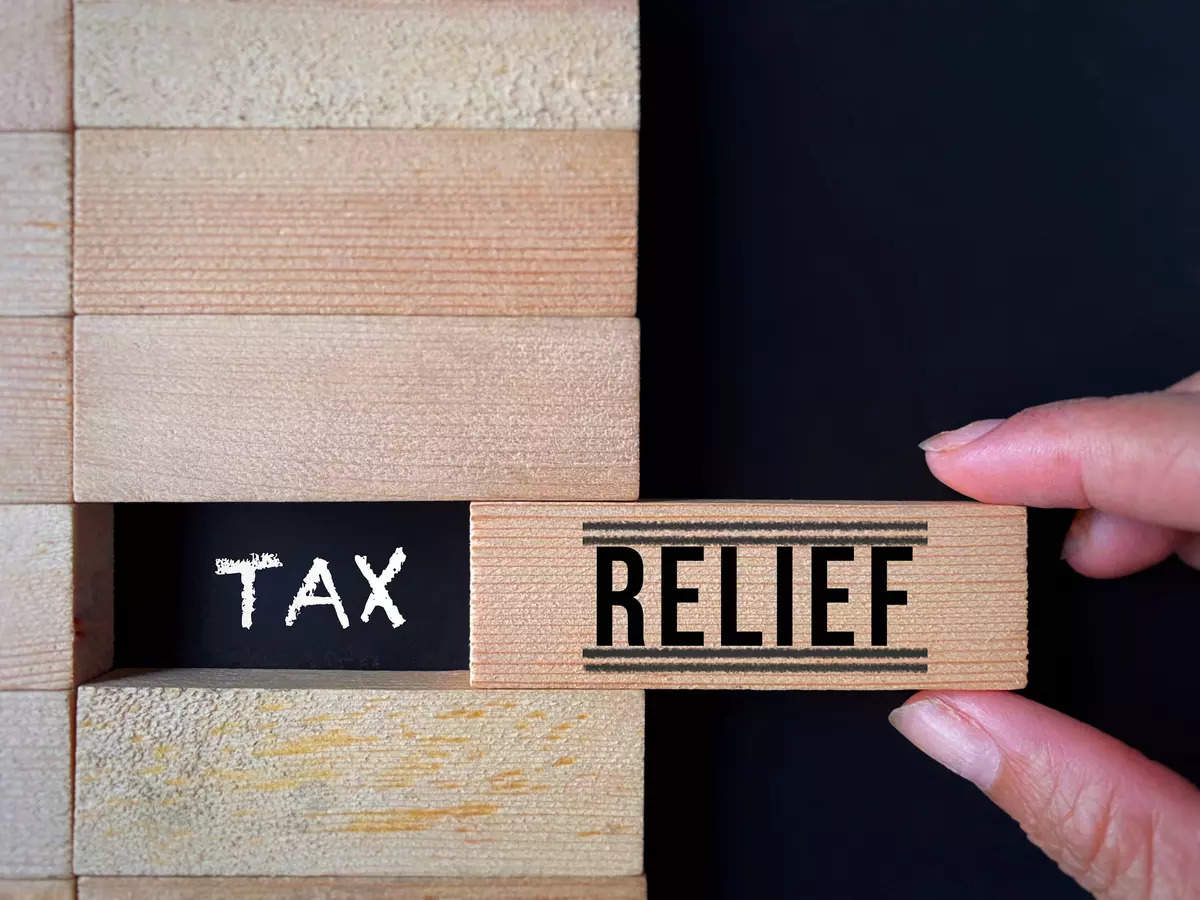
A MORE humane approach to dealing with people accused of breaking the law in the Philippines is helping relieve overcrowding in one of the world's most congested prison systems.
At the Manila City Jail, prisoners lie in neat rows as they demonstrate how they sleep every night.
In male dormitory number 4, most do not have a mattress or even a bed; indeed, it's not even possible due to a lack of space to lie down on your back.
Instead, prisoners wearing their regulation yellow prison T-shirts curl up on their sides, often using their immediate neighbor as a pillow as they struggle to get a proper night's sleep in humid and cramped conditions.
Carlo has been incarcerated and awaiting trial for six years. He told UN News that "men sleep in rows of maybe 200 to the end of the dormitory, and it's difficult to move," adding that although "it is not comfortable, as years go by, I have become accustomed to sleeping on my side. People on the outside may find this depressing, but comfort is a relative term."
A recent unprecedented heat wave in Manila has driven the temperatures in this shared dormitory to over 40 degrees Celsius at night, making conditions even more inhumane for prisoners, with Carlo experiencing "constant insomnia."
Manila City Jail was originally built in 1847 and is one of the oldest prisons in the Philippines.
Today, its official capacity is just under 1,200 prisoners although there are currently some 3,200 men accommodated there, an overcrowding rate that equates to a 168 percent overcapacity.
The jail superintendent Warden Lino Montano Soriano has been tasked with reducing the prison population as far as his responsibilities allow. Since he assumed the jail leadership, he instructed his deputy "to check all the records of the prisoners because I presumed that many of them already had their expected date of release."
Progress to ease the overcrowding is slow but is moving in the right direction. In March 2024, 288 prisoners were admitted into the jail, while 354 were released.
Red tape is far from being the main reason for overcrowding in detention facilities in the Philippines. A controversial justice policy that targeted drug dealers and people who use drugs contributed significantly to the prison population rising from around 95,000 to over 165,000 between 2015 and 2021.
The Philippines now has one of the most congested prison systems in the world, and with an overall occupation rate for pre-trial jails of a reported 322 percent (down from 365 percent in 2023), it ranks close to the Democratic Republic of the Congo, Haiti and Uganda in terms of overcrowding.
Many detainees must endure long periods of pre-trial detention before they have their day in court or are released without a trial.
The authorities in the Philippines have recognized that change is needed.
Supreme Court Justice Maria Filomena Singh is committed to improving conditions in correctional facilities, which crucially includes decongestion.
She has also regularly visited women's jails: "These are mothers, these are daughters, these are wives, and I relate to them," she told UN News, adding that "we cannot call ourselves a just and humane society if there are people living like this among us."
There are a number of ways the authorities in the Philippines are lowering incarceration rates.
The release of prisoners ages 70 or above is being prioritized, and others are able to reduce their sentences through good behavior but also an innovative program called Read Your Way Out, which links a commitment to reading activities to an earlier release.
Significantly, efforts are being made to keep people out of jail in the first place by reducing people in pre-trial detention and incarcerating people for only the most serious offenses.
"Of all those people detained in our jails, around 70 percent have not yet finished their trial. So, they are there on preventive imprisonment even if their offenses are not serious," Singh said.
"These people have not yet been proven guilty, and yet we treat them no differently from those who have already been convicted."
Reducing payments to secure bail while waiting for trial has been another priority. Additional changes are being made to criminal procedures to keep people out of jail where they are "literally unproductive," a situation where families that are dependent on the incarcerated person "are deprived of their support," according to Singh.
Prisoners can also attend court appearances online from certain jails, which is also helping to speed up the typically slow patch to justice.
War on drugs
Some 70 percent of all incarcerated people in the Philippines are in custody for sometimes minor drug offenses, the result of the previous administration's highly punitive war on drugs.
While the UN Office on Drugs and Crime (UNODC) has supported moves to implement bail reduction, the priority release of elderly prisoners and the Read Your Way Out program, it has also prioritized support to the government to change the overall approach to drug-related crimes.
"Drugs are not just a law enforcement issue; they are a health issue as well, which should be seen through the lens of prevention and rehabilitation," said Daniele Marchesi, UNODC's country chief in the Philippines. "It's a complex problem that connects the judiciary, the police and other law enforcement agencies on issues including health, drug policy and human rights."
The new approach appears to be paying dividends with the release of some 8,000 prisoners in the last year Singh said. UN News
Read The Rest at :






